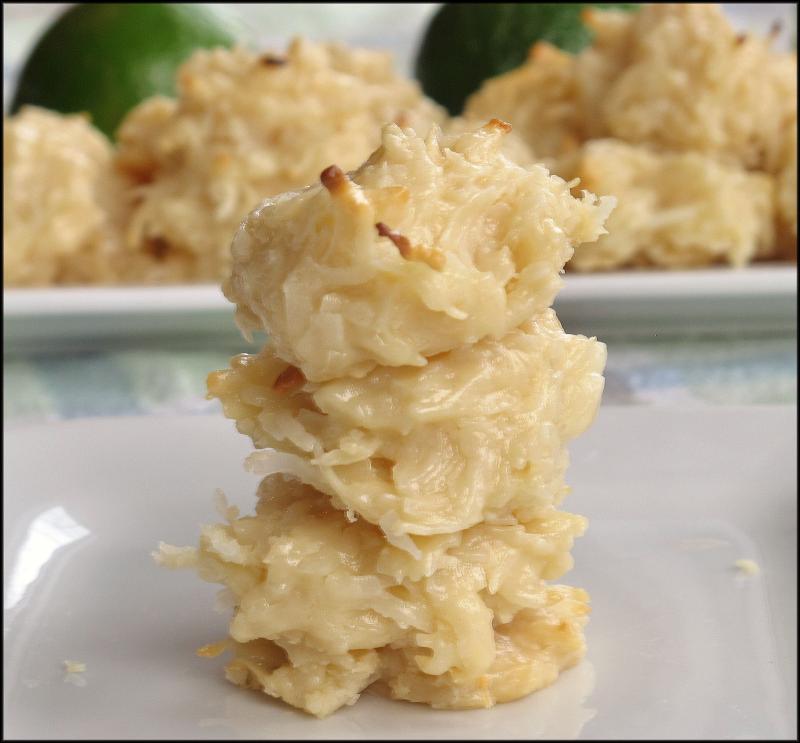Share:
Key limes can bring taste of tropics
March 20, 2020
We’ve just returned from a brief visit to Key West where the temperatures weren’t quite up to Florida’s warm standards, but certainly pleasant, even with brisk breezes off the water. Rounding out our tourist stops at the Butterfly Conservatory and the Hemingway House were a number of delicious meals at restaurants ranging from the elegant Roof Top Cafe to the rough-and-tumble Hog’s Breath Saloon.
Regardless of the venue, almost every meal (and snack) included a slice of key lime pie. Considered the official pie of the Florida Keys, key lime pie is traditionally made with graham cracker crust filled with a creamy mixture of key lime juice, sweetened condensed milk and egg yolks. And you can tell a fake by its color: Key lime pie is light yellow; if it’s green, someone has added food coloring.
Food historians do not agree about the origins of this cherished dessert. Some believe the tale of Aunt Sally, who worked as a cook for wealthy salvager William Curry in the early 1800s. Apparently, Aunt Sally already knew how to make a lemon ice-box pie which used sweetened condensed milk and egg yolks. Her invention was to replace lemons with local key limes.
Another local theory claims sponge fishermen of Key West, who used to stay at sea for quite a while, invented the mixture by mixing together their meager rations of canned milk, eggs and key limes. And perhaps one of them came home with their catch and shared their concoction with Aunt Sally. We didn’t see recipes for key lime pie until the 1930s, although the dependence on sweetened condensed milk began in the 1850s, before refrigeration.
Key limes are associated with the Florida Keys, where they were likely brought by the Spanish in the 1500s. Grown commercially in the area from 1835, they were also called Mexican or West Indian limes. They’re perfectly round, smaller than a golf ball with thin rinds that are pale green to yellow, sometimes with brown splotches. The tart, sharp taste of a key lime is memorable and unmistakable. To this day, you can find backyard key lime trees growing in old Key West.
After a 1926 hurricane destroyed most of the orchards in the Keys, growers planted Persian limes. Without the thorns found on key lime trees, Persian limes were easier to pick, and with thicker skins, they didn’t bruise as easily, making them hardier for shipping. Today, most of the key limes you see at the grocery or specialty markets come from Mexico and Central America.
Almost every recipe you find that calls for key lime juice assumes you have a bottle of the stuff. Commonly available brands include Kermit’s or Nellie and Joe’s. Either of these can be considered acceptable, but just barely. If you want to experience the magical flavor of key lime, purchase the whole fruits and endure the strenuous process of squeezing out the fresh juice. Expect to need 20 key limes for one-half cup of juice.
I’ve included a few recipes here from Kermit’s Key West Lime Shop Cookbook. First, the cookies in the photo taste like a coconut variation of key lime pie (without the crust). They don’t firm up completely when baked, and you need to take them out of the oven before the random strands of coconut start to burn. Key lime adds a great flavor to this chicken marinade, and pineapple salsa is an ideal destination for key lime juice. During our social separation, key limes can bring us a taste of the tropics. Stay safe!
Key Lime Coconut Cookies*
1 C sweetened condensed milk
1/4 C key lime juice
1/4 C flour
2 C sweetened coconut flakes
Preheat oven to 350 F. Line 2 cookie sheets with parchment paper or silpat (silicon baking sheet); set aside. Combine ingredients in a medium bowl and stir until smooth. Drop by teaspoonsful about an inch apart onto prepared baking sheets. Bake until light golden, about 15 minutes. Cool on a rack and store in an airtight container. Yield: about 30 cookies. *Adapted from Kermit’s Key West Lime Shop Cookbook.
Key Lime Grilled Chicken*
4 boneless, skinless chicken breast halves
1/2 C key lime juice
1/3 C tequila
1 T orange zest
1/2 t salt
Place the chicken breasts in a zip-top bag. Measure remaining ingredients into a small mixing bowl and whisk to combine. Pour into zip-top bag, seal tightly and massage to thoroughly coat chicken. Marinate in the refrigerator for about 3 hours. When ready to cook, remove chicken from bag and place marinade in a small saucepan. While chicken grills or bakes, boil the marinade for approximately 10 minutes. Yield: 4 servings. *Adapted from Kermit’s Key West Lime Shop Cookbook.
Pineapple Salsa*
1 C finely chopped pineapple
1 cored, diced tomato
1/4 C diced sweet onion
1 minced garlic clove
3 T minced cilantro
1 T key lime juice
Combine ingredients in a bowl; stir to combine. Cover and refrigerate for at least 2 hours before serving. Offer as a dip with tortilla chips or as a garnish for grilled fish. *Adapted from Kermit’s Key West Lime Shop Cookbook.























































